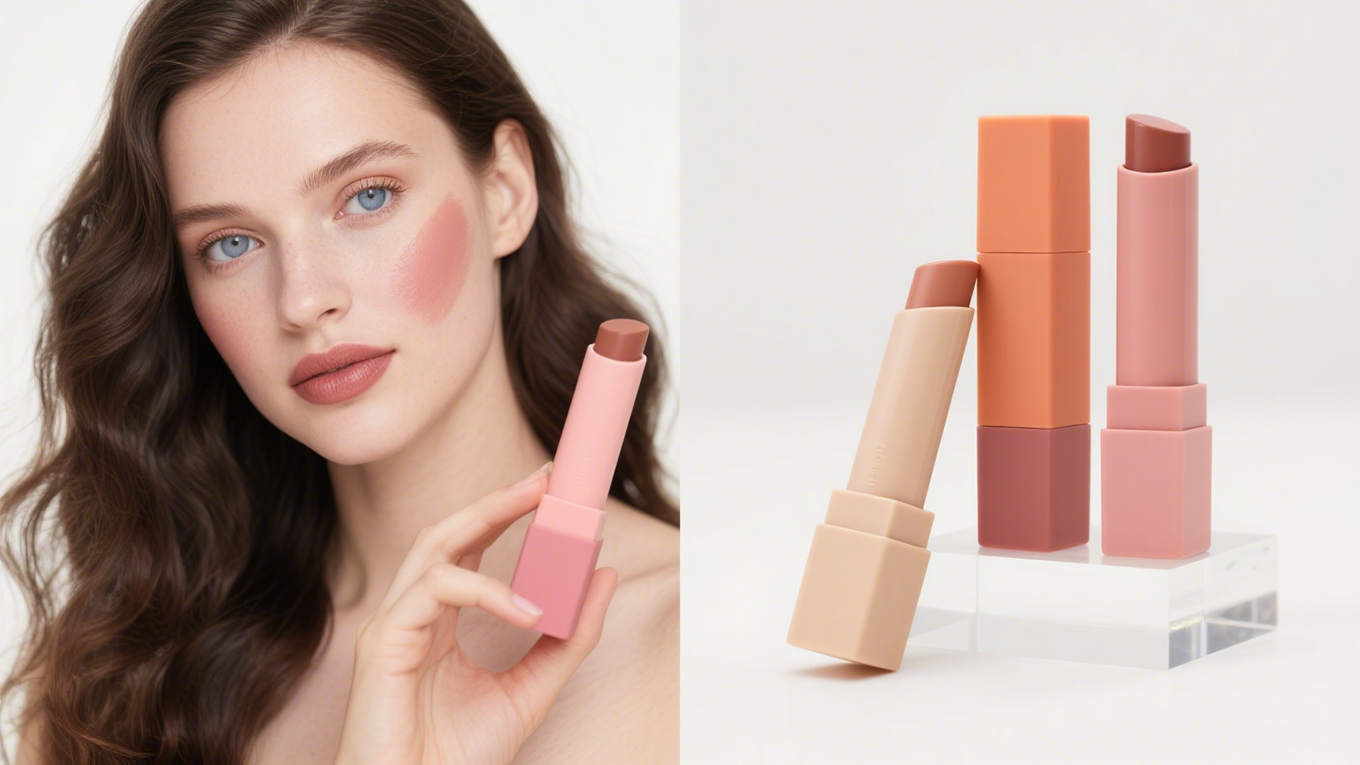Is Talc Safe in Cosmetics? Understanding the Risks and Benefits
Talc has been a common ingredient in cosmetics for decades, appearing in products ranging from baby powders to face powders and foundations. Its ability to absorb moisture, reduce friction, and provide a silky texture makes it highly desirable in personal care formulations. However, recent classifications by the World Health Organization (WHO) have raised questions about the safety of talc, particularly in relation to its potential carcinogenicity. This article explores what talc is, why it’s used in cosmetics, the associated risks, and how consumers and manufacturers can approach talc-containing products safely.
What Is Talc?
Talc is a naturally occurring mineral composed primarily of magnesium, silicon, and oxygen. It is mined from deposits in various parts of the world and then finely ground to create a powder. In cosmetic applications, talc’s primary benefits include:
- Absorbing Moisture: Talc can absorb sweat and oil, helping to keep skin dry and reduce shine.
- Improving Texture: It gives cosmetics a smooth, silky feel, enhancing the application experience.
- Reducing Friction: Talc minimizes skin-to-skin friction, making it useful in powders and body care products.
These properties have made talc a staple ingredient in many products, from baby powders to face powders, blushes, and eyeshadows.
The WHO Classification
In 2020, the International Agency for Research on Cancer (IARC), a part of WHO, classified talc containing asbestos as a Group 1 carcinogen, which means it is carcinogenic to humans. Talc not containing asbestos was classified as Group 2B, meaning it is possibly carcinogenic to humans based on limited evidence. This classification has raised concerns among consumers, regulatory agencies, and cosmetic manufacturers.
What Does This Mean for Consumers?
The main concern is the potential link between talc and ovarian cancer when talc-based powders are used in the genital area. Some studies have suggested a slight increase in risk, though the evidence is not conclusive. For other cosmetic uses, such as in face powders or makeup, current research indicates that the risk is very low, especially when asbestos-free talc is used.
Talc in Cosmetics: Benefits vs. Risks
Despite the concerns, talc remains widely used in cosmetics because of its unique functional properties. Understanding the balance between benefits and risks is crucial for both consumers and manufacturers.
Benefits
- Smooth Application: Talc enhances the spreadability of powders and makeup, making them easier to apply evenly.
- Oil Control: Talc helps absorb excess oil, keeping skin looking matte and reducing shine.
- Long-Lasting Finish: Products containing talc often have better adherence and longevity on the skin.
Risks
- Respiratory Issues: Inhalation of talc particles can irritate the lungs, particularly in workers exposed to talc dust.
- Potential Carcinogenicity: While asbestos-free talc is generally considered safe, some studies suggest that long-term, repeated exposure could pose a risk in certain situations.
- Regulatory Scrutiny: Products containing talc may face tighter regulations and labeling requirements in various countries.
How Manufacturers Can Ensure Safety
For cosmetic manufacturers, adhering to strict quality control and sourcing standards is critical. Key steps include:
- Using Asbestos-Free Talc: Always source talc that has been tested to ensure it is free from asbestos contamination.
- Particle Size Control: Ensure talc is finely milled to minimize inhalation risks while retaining its functional benefits.
- Rigorous Testing: Conduct regular testing for heavy metals and contaminants to maintain safety and compliance with regulations.
- Clear Labeling: Inform consumers about the presence of talc in products, including potential precautions for sensitive populations.
Alternative Ingredients
Some manufacturers are exploring talc alternatives to address consumer concerns while maintaining product performance. Common alternatives include:
- Mica: Provides a similar silky texture and shimmer but with less risk of contamination.
- Cornstarch: Naturally absorbent, often used in baby powders and body powders.
- Kaolin Clay: Offers oil-absorbing properties and a soft finish for face powders and makeup.
These alternatives can help brands appeal to safety-conscious consumers while still delivering high-quality cosmetic products.
Consumer Tips for Using Talc-Containing Products
For individuals concerned about talc, the following tips can help minimize potential risks:
- Check Labels: Look for products labeled “asbestos-free” or “talc-free” if preferred.
- Avoid Genital Area Use: Refrain from applying talc-based powders in sensitive areas.
- Use in Moderation: Apply talc-containing products sparingly to reduce prolonged exposure.
- Opt for Alternatives: Consider products made with cornstarch, kaolin, or mica for similar effects without talc.
Talc remains a widely used ingredient in cosmetics due to its unique functional properties. While the WHO classification has raised legitimate concerns, the risk from asbestos-free talc in standard cosmetic applications is generally considered low. Consumers should remain informed and cautious, while manufacturers must continue to prioritize quality control, safety testing, and transparency. By understanding the benefits and potential risks of talc, both consumers and brands can make safer and more informed decisions in the beauty industry.



